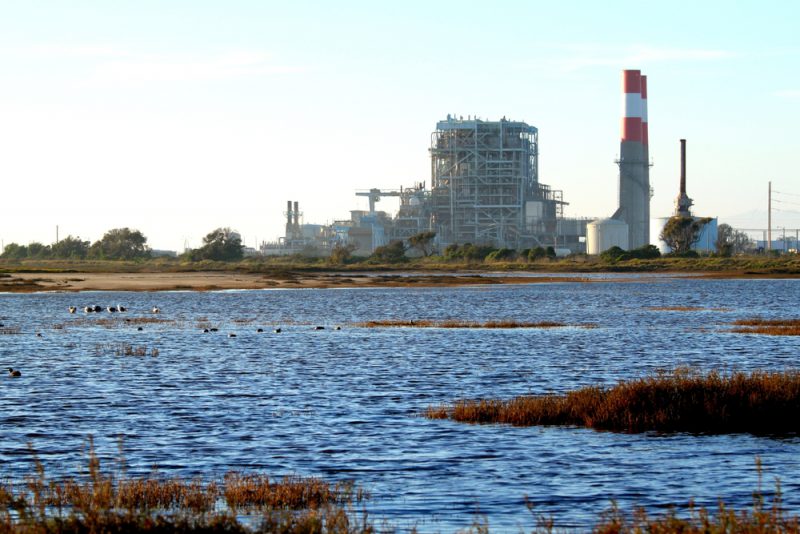Separate studies on natural gas infrastructure forecast electricity reliability issues in Southern California this summer

Two separate studies have concluded that natural gas infrastructure in Southern California could face capacity constraints over the summer, potentially impacting electricity reliability, the U.S. Energy Information Administration (EIA) reported Friday.
The Southern California Gas Co. (SoCalGas) and the Aliso Canyon Technical Assistance Group concluded in separate studies that storage operations and infrastructure changes could impact electricity reliability throughout the summer and into the upcoming winter months.
The Aliso Canyon Technical Assessment Group found that base case total system deliverability capacity, which includes the natural gas pipeline system and non-Aliso storage working gas, is less than 3.6 billion cubic feet per day (Bcf/d) this summer, which is about 0.2 Bcf/d than last summer. If daily demand for natural gas exceeds 3.6 Bcf/d, which is common during the winter months but has happened just once in the last five summers, deliveries to electric generators could need to be curtailed.
To address summer reliability issues, the group has recommended importing liquefied natural gas through the Otay Mesa receipt point at the San Diego-Mexico border, coordinating high- and low-operational flow order to customers to maintain balance, advancing pending electricity transmission upgrades, leverage demand response pilot projects, and increasing storage capacity at Aliso Canyon.
Meanwhile, SoCalGas’ summer pipeline capacity is about 0.53 Bcf/d less than last year, while its storage capacity is 0.4 Bcf/d higher. In the face of planned and unplanned natural gas pipeline outages, SoCalGas does not anticipate completing its maintenance schedule this summer. A number of key SoCalGas pipelines, including Lines 4000, 235-2 and 2000, do not have a completion date.
EIA noted that natural gas inventories in Southern California are typically replenished in the summer months. However, SoCalGas has concluded that refilling storage inventories will be a challenge with higher customer demand in the summer and current pipeline outages.
“The timing and extent of refilling natural gas at SoCalGas’ storage fields have changed since a leak at the Aliso Canyon storage complex was discovered in October 2015,” EIA stated. “Aliso Canyon, previously the second-largest natural gas storage facility in the United States, had its capacity reduced from 86 billion cubic feet (Bcf) to about 25 Bcf as a result of the leak. The total capacity of the four storage facilities in the SoCalGas service territory declined from 136 Bcf to 74 Bcf.”
Working gas inventories totaled 58.2 Bcf as of June 6. EIA reported that the inventories were “low by historical standards” but are 11 Bcf higher than in June 2017.
